"Unearth the Colonial History of the South Coast"
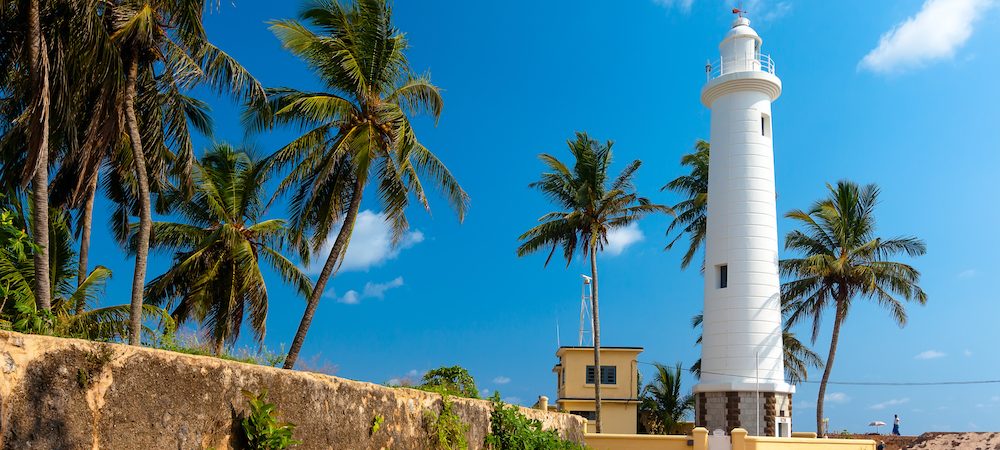
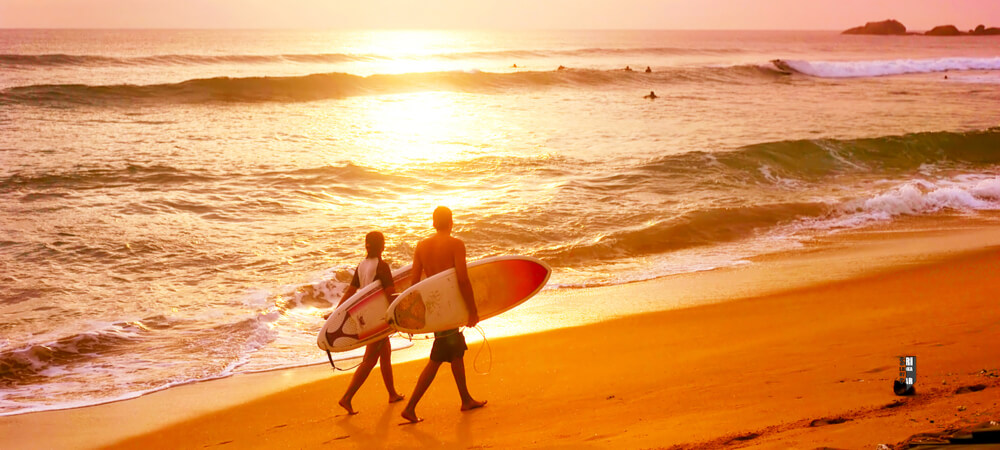
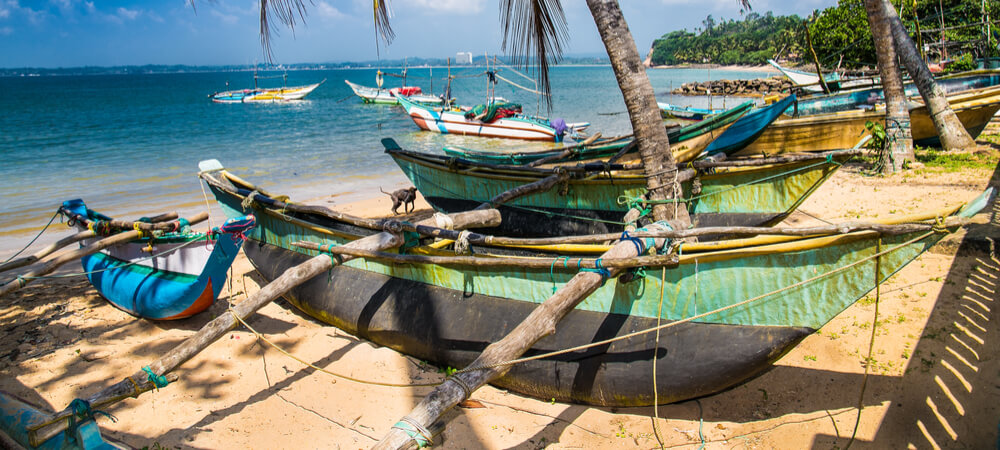
Visit Galle fort, light house, dutch governer house, meera mosque. Take a ride in Madu river boat safari. Visit 2004 Tsunami meuseum. Free your own freshly hatched baby turtle to the sea. Take pictures with iconic Stilt-Fishermen, Get a foot message by message fish ponds, Learn something about traditional cinnamon industry & moonstone mining.
The perfect combination of all the interesting visits in Galle and surrounding areas put together in to a one great full day tour with a knowledgable local guide of the area. In this private & family friendly tour you are going to experience the Galle with a different perspective than the classic tour.
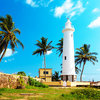
This is Sri Lanka's oldest light station dating back to 1848.The original light was furnished with a glass prism lens floating in a bath of mercury (to reduce friction) and was powered by a weight driven machine.
The light station is within the walls of the ancient Galle Fort, a UNESCO world heritage site and well known tourist attraction.The lighthouse is strategically located at the southern end of the promontory, built approximately 6 metres (20 ft) above the road level on the ramparts, at what is known as the Point Utrecht Bastion, giving it full view of any ships entering Galle Harbour.

Community maintained Tsunami museum gives you very good explanations of earthquake and tsunami science. The pictures of the 2004 devastation, including a whole train full of people. If you are faint-hearted please do not look at the wall with the lace curtain.
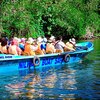
We take you on a boat ride of one hour through thick mangrove marshes and dark and mysterious caverns of mangroves. Learn their enviornmental impact and co-existence of human activities bound with the same. The river runs through a necklace of small islands spread over and through the mangrove marshes. An old buddhist temple in one island marks it's history. There is another island where people free snakes. Some are sources of cinnamon production. You will spot crocodiles, wild boars, water snakes and tree snakes.

This is the iconic and unique technique of stilt fishing. A technique developed by local fishermen to catch fish with less risk. We stop by to take photos with them.

Lunch break. We will take you to taste some fine local foods at your own expense.

We both gonna agree that this is a total fun explosion for kids. Turtle eggs are collected and hatched then to be released the baby turtles in to the sea. You get a chance to release your own baby turtle if you ask.
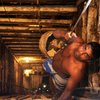
See it for yourself how these precious little stones are mined in a 18th century style.